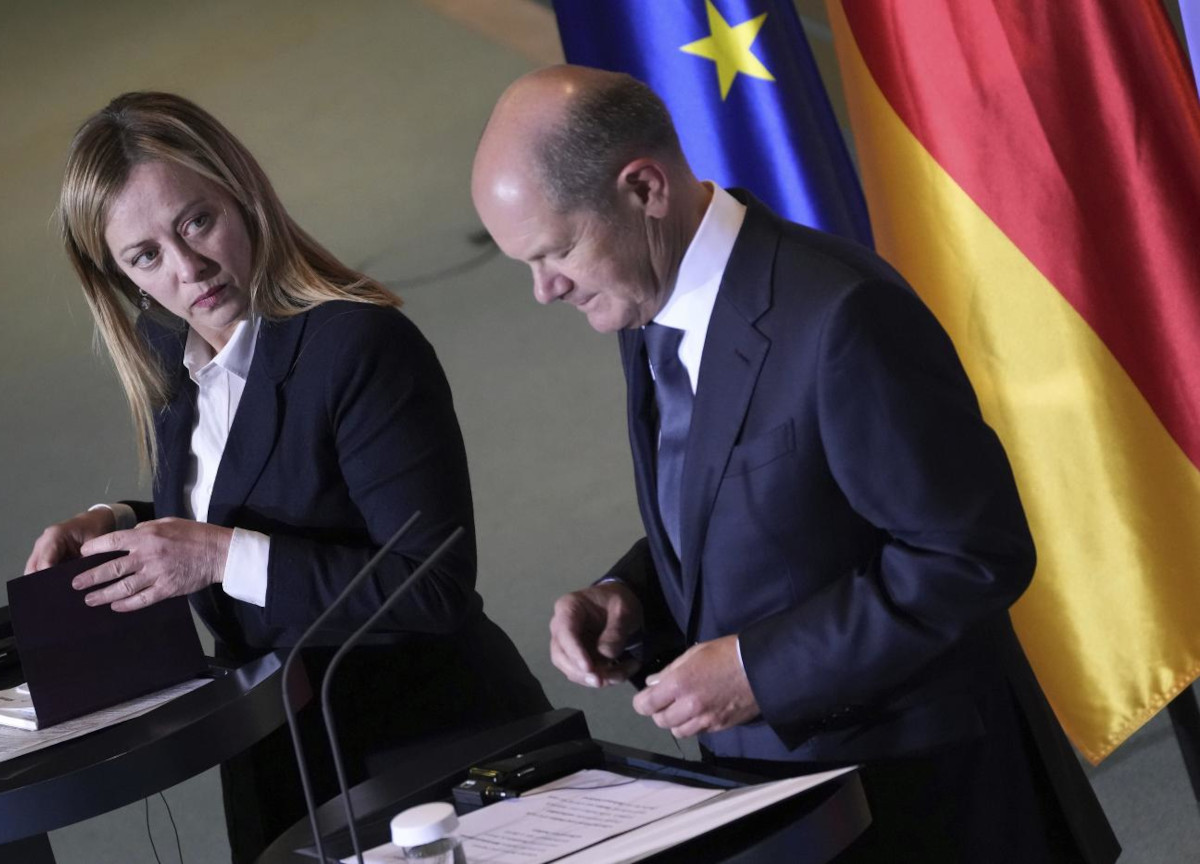Pnrr? Cgia: “Achieving the goal of spending all the money from the Pnrr by 2026 “will be almost impossible”
According to the Cgia of Mestre, if Italy fails to spend the annual quota of EU cohesion funds, equal to 9 billion euros, it will hardly be able to use the funds of the Pnrr which are equal to 4.5 times as much, 42 billion a year on average, 191.5 in total. The Cgia Research Office recalls “our country’s historic difficulty in using all the money that comes to us from Brussels”. With regard to the cohesion funds “there are not a few those referring to the seven-year period 2014-2020 which, by the end of this year, we risk losing, even though the hypothetical annual expenditure necessary to free up all the available resources amounts to only 9 billion euros. By tackling the Pnrr with the same approach just illustrated, between 2023 and 2026 we will have to spend an average of 42 billion euros a year to be able to carry out all the projects envisaged in the plan. A figure, the latter, 4.5 times higher than the previous one. It is clear that achieving this goal will be almost impossible”.
The CGIA Studies Office analyzes the use of EU funds. Of the 64.8 billion euros of European cohesion funds made available to Italy in the 2014-2020 period, of which 17 from national co-financing, just under half (29.8) is still to be spent. “If we don’t do it by the end of this year – he notes – the unused part will have to be returned. This is yet another demonstration that our country is struggling very much to spend the money made available to us by the EU. If, on the other hand, we manage to do so, in purely theoretical terms it is as if we had spent 9 billion euros every year of these seven years. With the Pnrr, however, between 2021 and 2026 we will have to invest 191.5, equal to an average expenditure that allows for the total use of 42 billion euros a year in the period 2023-2026 If we are struggling to put 9 billion of EU funds on the ground a year, how are we going to spend even 42 with the Pnrr, or rather 4.5 times that?” According to the Bank of Italy, continues Cgia, for a median investment of 300 thousand euros, in our country the median duration for the construction of a work is 4 years and 10 months. The design phase lasts just over 2 years (equal to 40% of the total duration), the assignment of the works lasts 6 months and more than 2 years are needed for execution and testing. For an investment of five million euros, on the other hand, the construction time is 11 years.
Pnrr: Cgia, many investments but modest effect on GDP
The Pnrr investments made by Italy, even in an optimal scenario, will have only a ‘modest’ effect on GDP in 2026. This was stated by the Research Office of the Cgia of Mestre. “Analysing only the optimal scenario – it is stated – against 183 billion of investments in 2026 we will have a structural increase in GDP of around 70 billion, resulting in a GDP multiplier of 1.2. A result that is not particularly exciting, if we consider account that, according to a study by the Bank of Italy, the construction of public works can have important repercussions on the economic growth of a country if the multiplier of public investment expenditure is between 1 and 2. It is true that the ‘1.2 envisaged by the Draghi Government in the Pnrr would fall within the range indicated by the Bank of Italy, but it is equally true that we will achieve this goal only if everything goes in the right direction, which many observers doubt, given the chronic inefficiency that characterizes a large part of our Public Administration”. (breaking latest news)GLAPnrr: Cgia, many investments but modest effect on GDP
Our Pnrr – recalls the Cgia – is made up of 235.6 billion euros, of which 191.5 attributable to the Recovery Fund, 30.6 to a supplementary fund and the other 13.5 billion euros to the React-EU. Of these 235.6 billion, 52.6 will be invested for existing projects, or already planned, while the remaining 183 will go to finance new projects. Therefore, in 2026, GDP growth, the year in which the action of the Plan will end, should be 3.6 percentage points higher than in the scenario that would occur without the effect of additional investments. “A forecast, the latter, which is prefigured in the optimal scenario, i.e. that investments are spent efficiently, that monetary conditions are favorable and that there are no negative repercussions on the sovereign risk premium. If, with respect to what is reported If the general picture were less optimistic, our Pnrr hypothesizes two other scenarios: an average one with a 2.7% GDP growth and a low one with an increase of 1.8%.
The CGIA also recalls that “Italy does not arouse high reliability in terms of macroeconomic forecasts. The data of the European Fiscal Board (independent advisory body of the European Commission) are merciless: between 2013 and 2019 we were the country that made the most mistakes. Another reason to doubt that we will be able to achieve GDP growth of 3.6% and, consequently, have a multiplier of 1.2.
Subscribe to the newsletter
